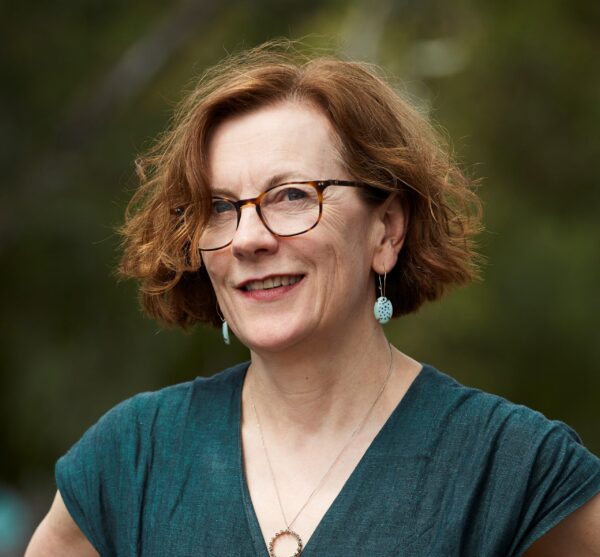
FWA: Kate, you write across fiction, nonfiction, and children’s books. What makes writing children’s books special?
KR: Writing children’s books is special because it allows me to get in touch with the child part of myself and remember it – a child’s acute, noticing eye, imagination, play, discovery. It is enriching and fun to write for children and also a good break from the adult part of life. It also reminds me that what I love in children’s writing is the same as what I love across all genres – a strong, distinctive voice and rhythm and energy in the language.
FWA: As an editor for publishing houses like Penguin and Random House, you must have worked on many different types of Children’s books. What perspective has this brought to your own writing?
KR: I have learnt that regardless of the target age group, a strong distinctive voice is so important and is easily apparent from the first sentences. I try to bring a sense of confidence and risk taking to my own writing. A sense of humour doesn’t hurt either!
FWA: In Writing for Kids: Picture Books and Children’s Fiction, there will be regular workshops and feedback opportunities. How important is feedback in the creative writing process?
KR: I think workshopping and being open to feedback is really important though it can be daunting and scary at first. It’s great to have a conversation about your writing, something that you care about and have thought about deeply. Sometimes you may not agree with the feedback, but whatever your reader identifies may signal something, perhaps more subtle, that isn’t working. Sometimes you need ‘to kill a darling’. Perhaps your idea needs to teased out. Perhaps you have not even articulated to yourself what – at its essence – is the thing you are interested in. This may not be the surface matter, but something less conscious. Sometimes you are overexplaining and need to trust the reader and pull back, allowing connections to be made. Though it is good to be open to feedback, it’s important not to automatically assume that it is ‘right’. Sit with the feedback and consider if anything resonates. Conversely, offering feedback to others is an act of generosity. Deeply considering what your fellow writer is trying to do and helping them do it, rather than imposing what you think their writing should be, is a creative act. Workshopping also opens you up to a range of exciting stories and voices very different from your own.
FWA: As part of this course, students will have the opportunity to work directly with illustrator, Beau Wylie. What is the experience of working with an illustrator like and how does it feel to see your characters come to life through visual storytelling?
KR: I love this process. It is amazing to have a visual representation of your characters. Often an illustrator’s perspective brings an entirely different way of seeing your story (and its characters), opening it up and broadening it in surprising ways. I love the way text and illustrations complement each other, each throwing light on the other. Illustrations don’t need to ‘retell’ or mirror the words but to extend them, often allowing you to pare back text. I love the back and forth process of working with an illustrator. As someone who loves visual art and goes to galleries whenever I can, working with an illustrator feels doubly precious. As a children’s book editor I also got great satisfaction from finding an illustrator who felt like a great match for a particular story.
FWA: Do you need to be a big consumer of picture books and children’s fiction to write it? Are there any authors we should be reading?
KR: No, not a huge consumer, but it is good to read in and around the genre you are writing in, both current and older texts. However, I also advocate reading as much and as broadly as possible – children’s and adult fiction, poetry and nonfiction. Children’s writers I love include: (historically) Allan and Janet Ahlberg, William Stieg, Rumer Godden, Rosemary Wells, Quentin Blake, Raymond Briggs, John Burningham and Ursula le Guin – and so many others. I love Kate di Camillo, Bronwyn Bancroft and Shaun Tan too. I could go on! There are so many amazing contemporary writers from all over the world.
Bookings are currently open for our Writing for Kids: Picture Books and Children’s Fiction course with Kate Ryan.
Writing for Kids: Picture Books and Children’s Fiction
with Kate Ryan and guests
ONLINE
Tuesdays 6.30pm – 8.30pm
18 February – 3 June 2025